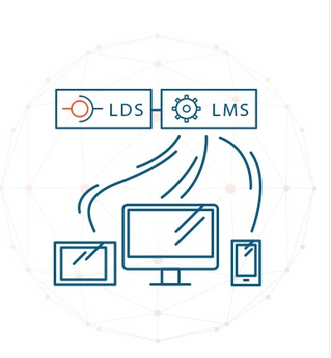In an ever-changing, ever more complex workplace, people need to be dynamic — adjusting procedures, chasing new opportunities, or finding solutions — often on a daily basis.
As such, one of the most important skillsets employees need on the job today is the ability to see a problem before it’s even on the horizon, and to interpret research data or behaviors in order to meet the evolving needs of an organization.

ELearning Industry Network founder Christopher Pappas thinks so, according to a recent blogpost on the topic, 6 Tips to Facilitate Critical Observation Skills in Online Training.
Without critical observation, ‘all the trends, stats, and graphs in the world aren’t going to mean a thing, because there won’t be anyone to transform raw info into actionable goals,’ notes Pappas.
Of course, an environment which encourages employees and managers to take action is in order. A workplace which engenders fear, insecurity, or self-doubt will never find employees wishing to make meaningful contributions that increase sales and productivity (and morale).
Pappas points to the need to include ‘serious’ games and ‘detective’-like modules into regular corporate training exercises. Leaving learners to solve a seeming mystery or paradox, or encouraging them to devise their own solution or draw their own conclusions can stimulate critical thinking skills so necessary on the job today.
Of course, it goes without saying that if the L&D department is encouraging this type of thinking, then the employee will believe that this culture of curiosity is being encouraged from the C-suite.
‘Individuals who are critically observant can see the world with total clarity and are not afraid to question the status quo. In fact, they have an innate curiosity that keeps them searching for the answers and looking for new ways to approach a problem.’
— Christopher Pappas, founder, The eLearning Industry Network
The final suggestion given in the article is to incorporate real world examples and case studies into the learning curriculum. Obviously, fictitious examples or examples for a company or industry unrelated to the one in which the learner works can create a disconnect, leading to boredom or distraction.
But training modules that include real world case studies, news articles, or even the past experiences of a particular department or client can bring real relevance to the training — stimulating critical thinking skills. Learners can imagine themselves in real-world situations, and can begin to think about their reactions to the particular situation presented in a practical way.
After the training, they can return to their work, confidently applying such skills to solve a problem or improve a process. Your employees can become solution providers, leading to higher productivity, improved client satisfaction, and increased profits.
How’s that for measuring the results of training initiatives?





